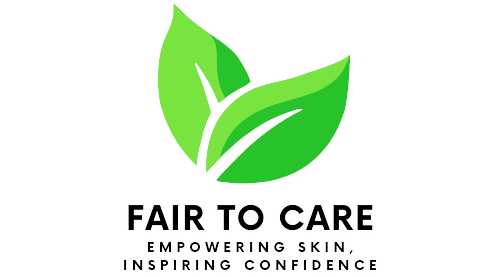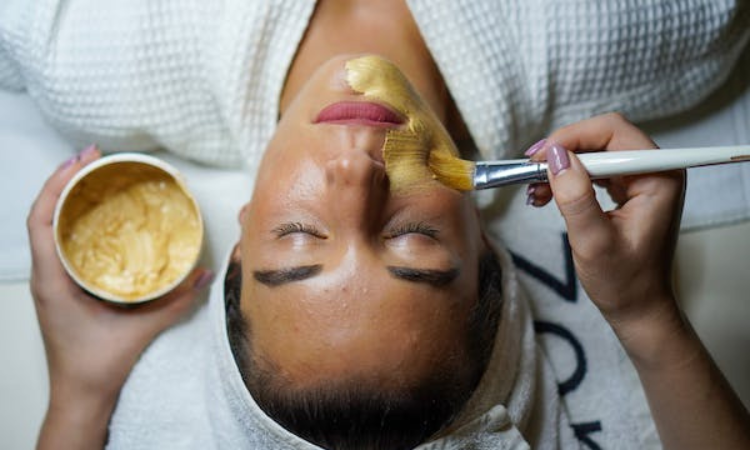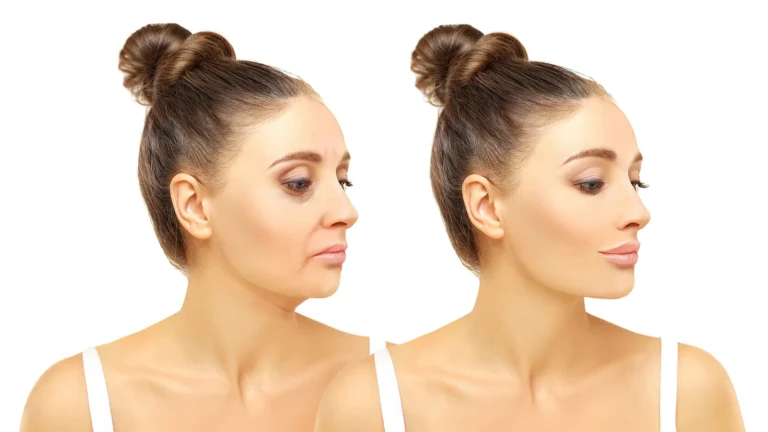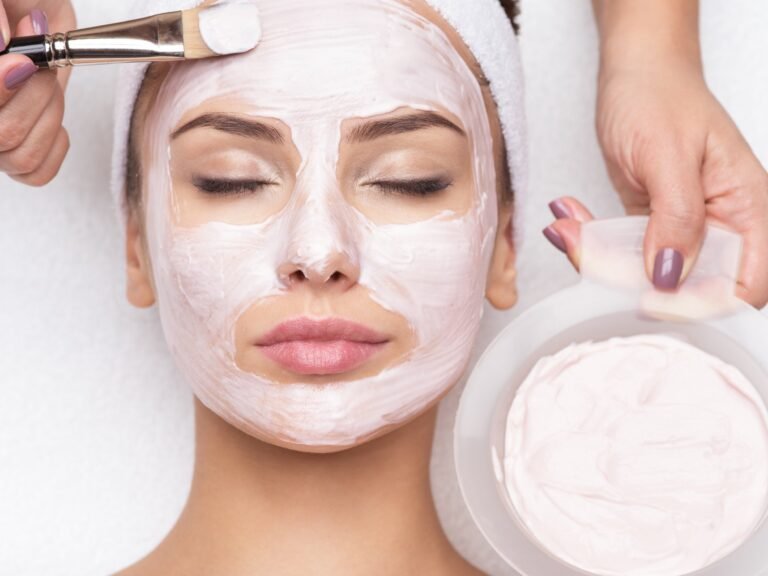How to Get Rid of Dark Skin Above Upper Lip?
How to Get Rid of Dark Skin Above Upper Lip
Dark skin above the upper lip or dark skin around the mouth, commonly known as hyperpigmentation, can be a source of concern for many individuals of various ages and skin types.
Are you tired of dealing with dark skin above your upper lip? Fear not, welcome to a comprehensive guide on addressing a common concern: dark skin above the upper lip. This article will delve into various aspects, including causes, remedies, lifestyle modifications, and professional treatments, aiming to provide effective solutions for this issue.
There is a guide through effective strategies to address and alleviate this issue. Understanding the causes and effective remedie is crucial in addressing this issue. Adopting a comprehensive approach can contribute to achieving a brighter and more even skin tone.

Understanding Dark Skin Above Upper Lip
Dark skin above the upper lip, often termed “hyperpigmentation,” occurs due to an excess production of melanin, the pigment responsible for skin color. This condition can be triggered by various factors, leading to visible discoloration in the area.
Why Is The Skin Around Your Mouth Dark?
Hyperpigmentation
Overproduction of melanin can lead to dark patches. Learn about the causes and triggers.
Weather Conditions
Environmental factors, such as sun exposure, can contribute to skin discoloration. Discover how to protect your skin.
Medications
Some medications may cause pigmentation changes. Find out which ones and how to manage it.
Trauma Inflicted Pigmentation
Injuries or trauma to the skin can result in dark spots. Learn about preventive measures.
Vitamin Deficiency
Lack of essential vitamins can affect skin health. Explore the role of vitamins in maintaining skin tone.
Causes of Dark Skin
Several factors contribute to the development of dark skin above the upper lip. Hormonal changes, excessive sun exposure, genetics, certain medications, and skin irritation from hair removal methods are common culprits. Understanding these triggers is crucial in addressing this concern effectively. Recognizing these triggers is the first step towards achieving a lasting solution.
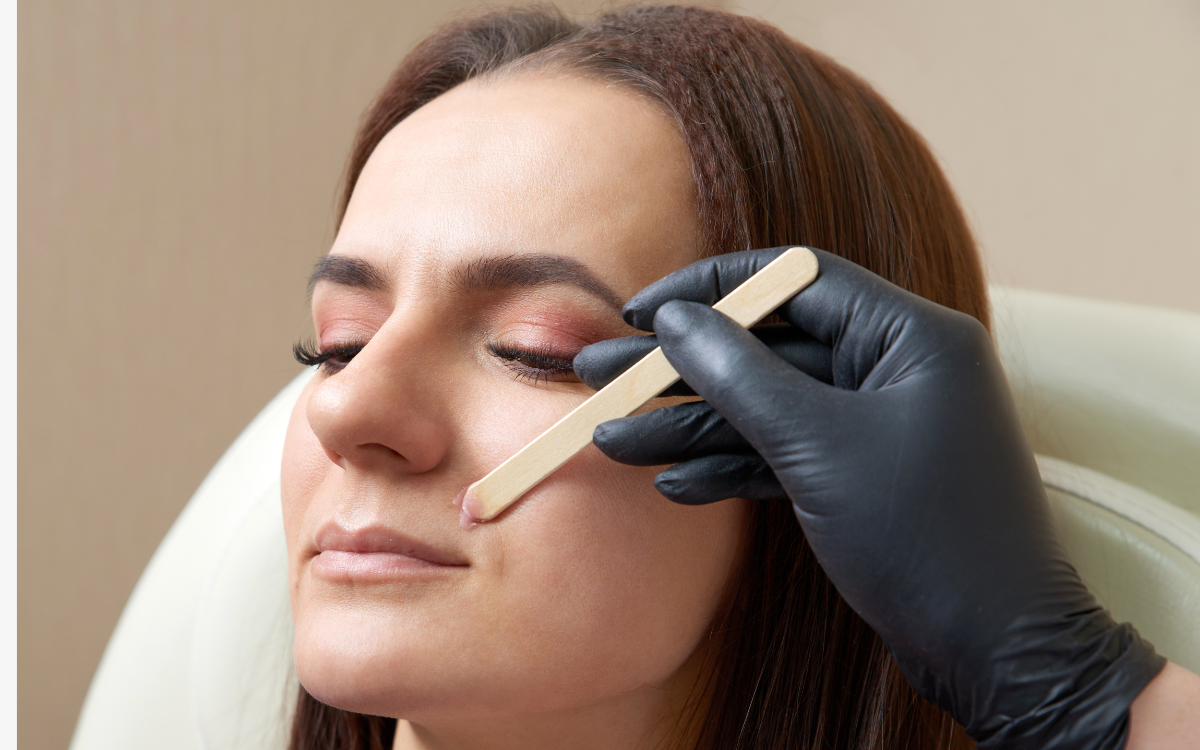
Hormonal Changes
Hormonal fluctuations, especially during pregnancy or due to birth control methods, can contribute to the development of dark skin above the upper lip. Understanding the hormonal aspect is crucial in devising an effective skincare routine.
Sun Exposure
Excessive exposure to the sun’s harmful UV rays can lead to pigmentation issues. The delicate skin above the upper lip is particularly susceptible, emphasizing the importance of sun protection.
Genetics
Genetic predisposition plays a role in skin characteristics, including pigmentation. Acknowledging genetic factors can guide individuals in tailoring their skincare routine to address specific needs.
Use of Certain Skincare Products
Certain skincare products, especially those containing harsh chemicals, may contribute to skin discoloration. Being mindful of product ingredients is essential in maintaining skin health.
Understanding Melasma
Melasma, a common skin condition characterized by hyperpigmentation, is often linked to dark skin above the upper lip. Understanding this condition is crucial for targeted skincare strategies.
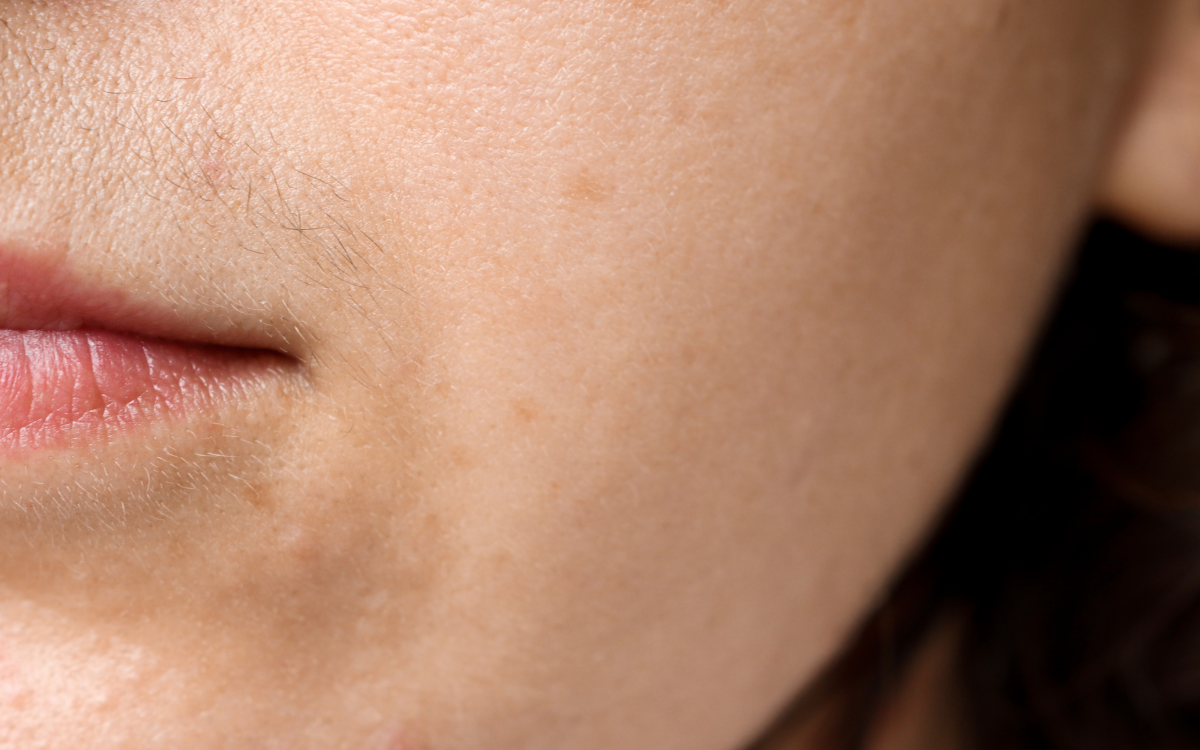
Melasma Mustache
“Melasma Mustache: How to Reverse Dark Upper Lip” addresses the common concern of melasma, a condition contributing to darkening of the upper lip. Let’s break down each section:
Melasma Mustache Causes
Explanation: This section aims to provide insight into the factors that lead to the development of melasma, particularly in the upper lip area.
Understanding: Melasma is a skin condition characterized by dark, discolored patches, often referred to as a “mustache” when it affects the upper lip. Causes may include hormonal changes, exposure to sunlight, and genetic predispositions.
Woman & Hormonal Melasma Mustache
Explanation: This part explores the specific relationship between hormonal changes, often experienced by women, and the development of melasma on the upper lip.
Context: Hormonal fluctuations, such as those occurring during pregnancy or due to oral contraceptive use, can trigger melasma. Understanding this connection is crucial for effective management.
How Can I Treat Melasma Mustache?
Explanation: This section provides information on various treatment options for addressing hormonal melasma on the upper lip.
Learning: Effective treatments may include topical medications, chemical peels, or laser therapy. Understanding these options empowers individuals to make informed decisions about managing melasma.
Can You Get Rid Of Melasma Moustache?
Explanation: This part explores the possibilities and treatments available for successfully removing or reducing melasma on the upper lip.
Insight: While complete elimination may not always be possible, various treatments can significantly improve the appearance of melasma. Options may include a combination of topical treatments, lifestyle changes, and professional procedures.
Key Takeaways
Hormonal Connection: Hormonal changes, especially in women, play a significant role in triggering melasma.
Treatment Options: Effective treatments for melasma may include topical medications, chemical peels, laser therapy, and lifestyle adjustments.
Realistic Expectations: While complete removal of melasma may not always be achievable, successful management can significantly lighten and improve the appearance of the darkened areas.
It’s important for individuals experiencing melasma to consult with a dermatologist for a personalized assessment and tailored treatment plan. Understanding the causes and available treatments is the first step towards effectively addressing and managing melasma on the upper lip.
Effective Skincare Routine
Gentle Cleansing
A gentle cleansing routine helps remove impurities without causing irritation. Opting for mild cleansers can contribute to overall skin health.
Exfoliation
Incorporate exfoliation into your routine to slough off dead skin cells. Choose a gentle exfoliator with ingredients like glycolic acid or alpha hydroxy acids to reveal a brighter complexion.
Sunscreen Application
Regular and adequate application of sunscreen is paramount in preventing further darkening of the skin. Choosing a broad-spectrum sunscreen with at least SPF 30 is advisable.
Use of Skin Brightening Agents
Incorporating skin brightening agents, such as vitamin C or niacinamide, can aid in reducing hyperpigmentation. Consistency in their application is key for visible results.
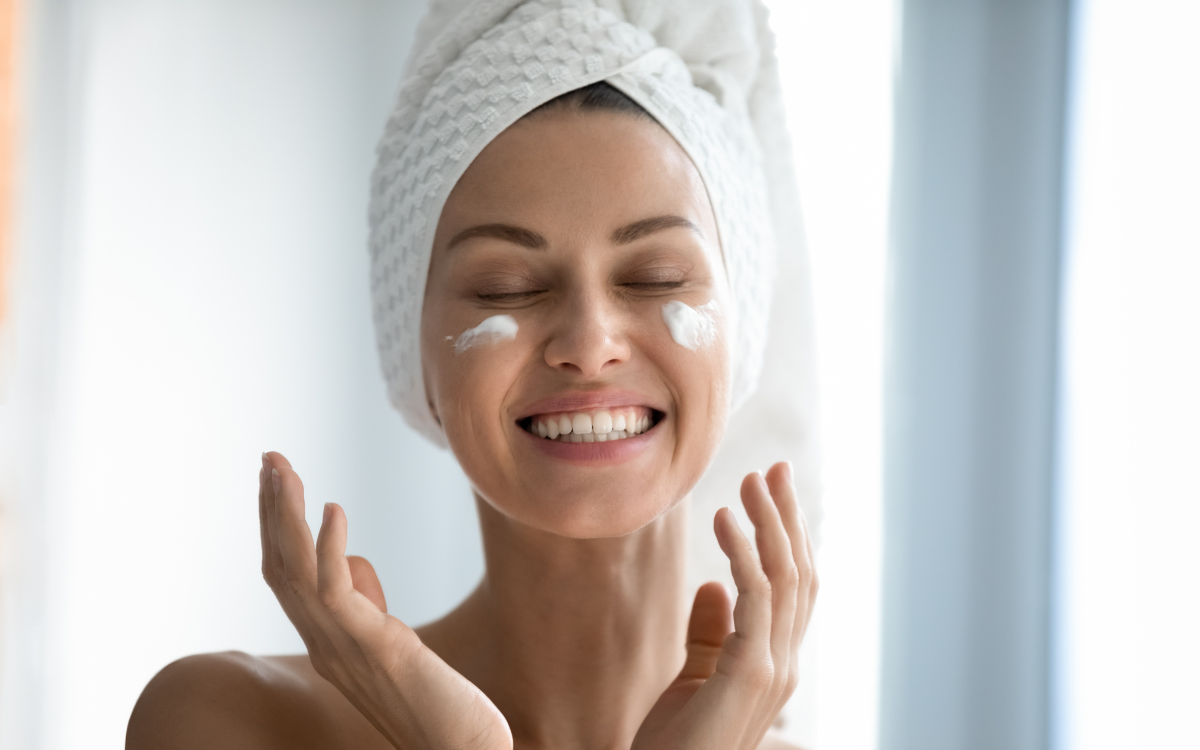
5 Home Remedies to Remove Dark Skin Around Your Mouth
“5 Home Remedies to Remove Dark Skin Around Your Mouth” highlights natural and effective solutions for addressing dark skin in the mouth area. Let’s delve into each remedy:
Lemon
- How it works: Lemon is known for its natural bleaching properties due to the presence of citric acid. It helps lighten dark spots and pigmentation.
- Application: Squeeze fresh lemon juice and apply it directly to the affected area. Leave it on for about 10-15 minutes before rinsing with water. Do this regularly for noticeable results.
Gram Flour (Besan)
- How it works: Gram flour has exfoliating properties that can help remove dead skin cells, promoting a brighter complexion.
- Application: Make a paste by mixing gram flour with water or yogurt. Apply this paste to the dark skin around your mouth, let it dry, and then gently scrub it off. Regular use can contribute to an even skin tone.
Onion Juice
- How it works: Onions contain compounds that may help lighten dark spots and pigmentation.
- Application: Extract onion juice and apply it to the affected area using a cotton ball. Leave it on for a short period and then rinse thoroughly. Due to its potency, do a patch test first and dilute with water if necessary.
Potatoes
- How it works: Potatoes contain enzymes and natural bleaching agents that can lighten dark skin.
- Application: Grate a potato and apply the juice to the dark skin. Allow it to sit for 15-20 minutes before washing it off with water. Regular use may help fade dark spots.
Green Peas Powder
- How it works: Green peas powder is rich in antioxidants and has skin-brightening properties.
- Application: Create a paste by mixing green peas powder with water. Apply it to the affected area and leave it on until it dries. Gently scrub off the dried paste and rinse your face. Regular use may contribute to skin lightening.
Important Tips
- Before trying any remedy, it’s recommended to do a patch test to ensure you don’t have any adverse reactions.
- Consistency is key. Regular and proper application of these remedies is essential for noticeable results.
- If you experience any irritation or discomfort, discontinue use and consult a dermatologist.
Sunscreen application is crucial, as exposure to sunlight can worsen pigmentation. Incorporate sun protection into your skincare routine.

These home remedies provide a natural approach to addressing dark skin around the mouth. However, individual skin types vary, and what works for one person may not work for another. If the issue persists or worsens, it’s advisable to seek professional advice from a dermatologist for personalized guidance and potential medical treatments.
Natural Treatments for Dark Skin
Lemon Juice
Lemon juice, known for its natural bleaching properties, can be applied to the affected area. However, caution is advised as lemon juice may cause irritation in some individuals.
Yogurt Mask
A yogurt mask, containing probiotics and lactic acid, can contribute to skin brightening. Regular application can provide a soothing effect.
Aloe Vera Gel
Aloe vera gel, known for its healing properties, can be applied to the darkened skin. Its hydrating and calming effects make it a popular choice in skincare.
Coconut Oil Massage
Massaging the affected area with coconut oil regularly can aid in moisturizing the skin and reducing pigmentation.
Green Tea Extract
Rich in antioxidants, applying green tea extract can assist in soothing the skin and reducing melanin production.
Home Remedies for Lightening Dark Skin
Turmeric and Yogurt Paste
A paste of turmeric and yogurt is known for its skin-lightening properties. Apply this mixture regularly to notice a visible reduction in dark skin above the upper lip.
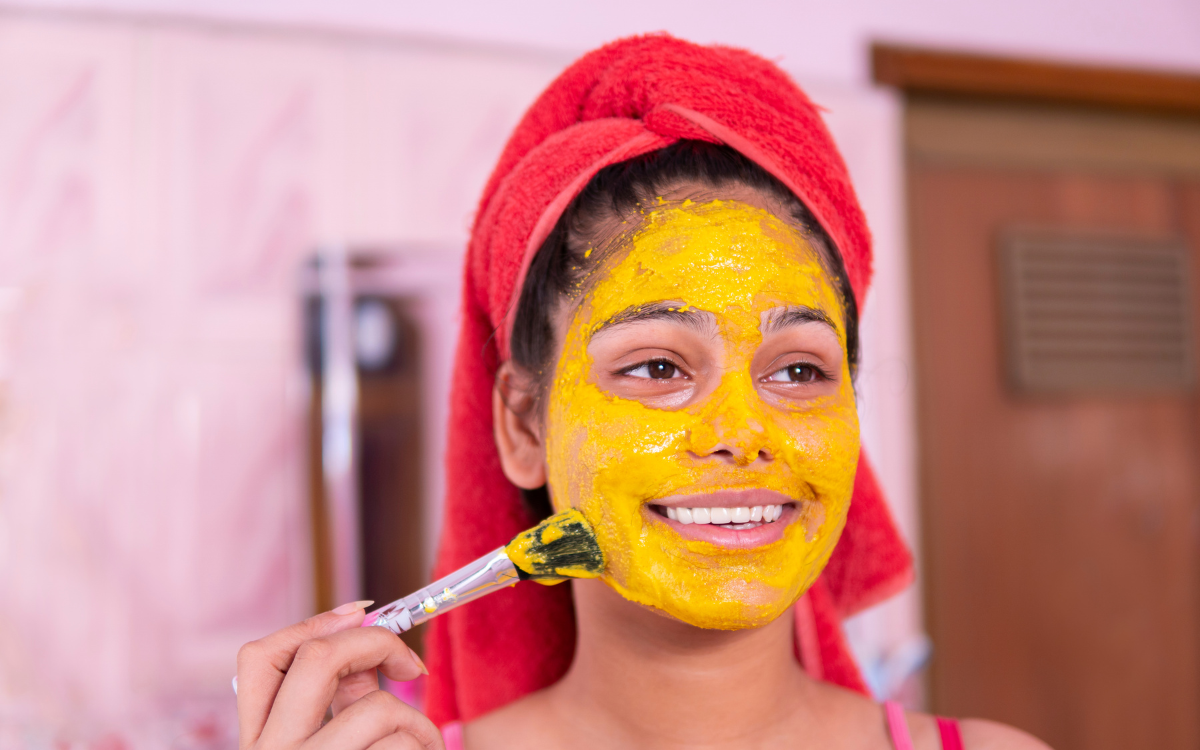
Lemon Juice and Honey Mask
A mixture of lemon juice and honey acts as a natural bleaching agent, lightening dark spots gradually. Apply it to the affected area, leaving it for 15-20 minutes before rinsing.
Professional Treatments
Chemical Peels
Chemical peels, administered by skincare professionals, involve the application of a chemical solution to exfoliate the skin. This treatment can be effective in reducing pigmentation.
Laser Therapy
Laser therapy targets pigmented areas, breaking down excess melanin. Multiple sessions may be required for optimal results.
Microdermabrasion
Microdermabrasion involves the mechanical exfoliation of the skin, promoting cell turnover. It can contribute to a more even skin tone over time.
Preventive Measures
Sun Protection
Consistent use of sunscreen and protective clothing is crucial in preventing the worsening of dark skin. Avoiding peak sun hours is advisable.
Hormonal Balance
Maintaining hormonal balance through consultation with healthcare professionals can address underlying causes of pigmentation.
Patch Testing New Products
Before incorporating new skincare products, patch testing is recommended to ensure compatibility and avoid adverse reactions.
Targeted Treatments for Dark Skin
Topical Lightening Agents
Explore topical treatments containing ingredients like vitamin C or licorice extract. These ingredients can help lighten dark spots and even out your skin tone. Apply these treatments specifically to the affected area for targeted results.
Professional Treatments for Lasting Results
For a more permanent solution, consider professional treatments such as laser therapy or chemical peels. Consult a dermatologist to determine the most suitable option for your skin type and concerns.
Diet and Hydration
Healthy Diet
A well-balanced diet rich in antioxidants, vitamins, and minerals supports overall skin health. Including fruits, vegetables, and hydration is essential.
Drinking Enough Water
Adequate hydration contributes to skin elasticity and radiance. Drinking enough water is a simple yet effective way to promote skin health.

Lifestyle Changes
Stress Management
Chronic stress can impact skin health. Incorporating stress management techniques, such as meditation or exercise, can positively influence skin appearance.
Sufficient Sleep
Adequate sleep allows the skin to regenerate and repair. Prioritizing sleep is a fundamental aspect of a skincare routine.
Makeup Tips
Concealing Dark Skin with Makeup
Choosing the right concealer and foundation can effectively conceal dark skin. Blending products seamlessly ensures a natural look.
Choosing the Right Products
Opting for makeup products that are hypoallergenic and suitable for sensitive skin minimizes the risk of irritation. Reading product labels is essential.
Consulting a Dermatologist
When to Seek Professional Help
Persistent dark skin issues should prompt consultation with a dermatologist. Professional advice ensures a tailored approach to individual skin concerns.
Importance of Professional Advice
Dermatologists can assess the specific causes of dark skin and recommend personalized treatments. Seeking professional guidance enhances the effectiveness of skincare efforts.
Patient Experiences
Real stories of individuals who have successfully addressed dark skin above the upper lip can provide inspiration and guidance. Understanding diverse journeys fosters a sense of community.
Myths and Facts
Dispelling Common Misconceptions
Separating myths from facts is crucial for informed skincare decisions. Addressing common misconceptions enhances the effectiveness of skincare routines.
Providing Evidence-Based Information
Backed by scientific evidence, the information in this article aims to empower readers in making informed choices for their skincare journey.
Building Confidence
Emphasizing Natural Beauty
Celebrating the natural beauty of diverse skin tones is essential. Confidence is built not just in achieving clear skin but in embracing individual uniqueness.
Encouragement for Self-Acceptance
Beyond addressing dark skin, fostering self-acceptance is a fundamental aspect of skincare. Confidence radiates from embracing one’s unique features.
FAQs
How long does it take to see results from natural remedies?
Results from natural remedies vary, but consistent application over several weeks is often required.
Can hormonal imbalances be the sole cause of dark skin above the upper lip?
While hormonal changes can contribute, other factors may also play a role. Consultation with a healthcare professional is advisable.
Are professional treatments painful?
Sensations vary, but professionals take measures to minimize discomfort during treatments.
Is it necessary to consult a dermatologist for dark skin issues?
Persistent or worsening conditions warrant professional consultation for personalized advice.
Can makeup aggravate dark skin?
Choosing suitable makeup products and removing them gently can minimize the risk of aggravation.
Conclusion
In conclusion, addressing dark skin above the upper lip involves a multifaceted approach, considering both skincare practices and lifestyle choices. By understanding the causes and implementing effective strategies, individuals can achieve a more even and radiant skin tone. Remember, embracing your natural beauty is the ultimate key to confidence.
